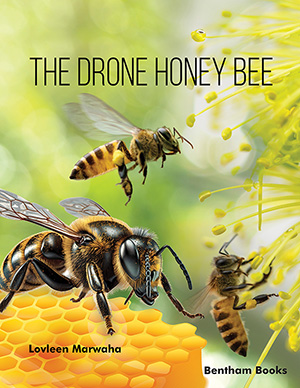Abstract
SHS investigation development is considered from the geographical and historical viewpoint. 3 stages are described. Within Stage 1 the work was carried out in the Department of the Institute of Chemical Physics in Chernogolovka where the scientific discovery had been made. At Stage 2 the interest to SHS arose in different cities and towns of the former USSR. Within Stage 3 SHS entered the international scene. Now SHS processes and products are being studied in more than 50 countries.
Abstract
The drone honey bee produces volatile chemicals during developmental and
adult stages that facilitate chemical interaction between drone larvae and workers,
drone to drone, and drone to the queen. For example, the drone larvae solicit larval
food from nurse bees through chemical messengers; further, adult drones attract other
drones to drone congregation areas (DCA) through pheromones; the drones attract
queen honey bees to DCA through volatile chemicals. The mandibular drone gland
secretes volatile chemicals, a mixture of saturated, unsaturated, and methyl-branched
fatty acids. In the drone honey bee of Apis mellifera, about 18,600 olfactory poreplate
sensilla per antenna are associated with receptor neurons. The current chapter
highlights the role of chemical volatiles in Drone honey bee’s life and overall
influence.
Keywords:
We recommend

Authors:Bentham Science Books






